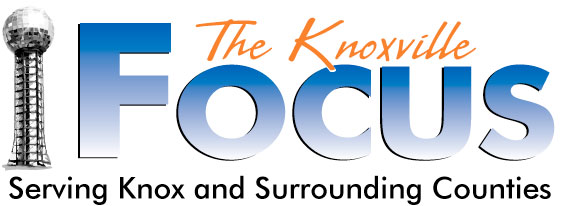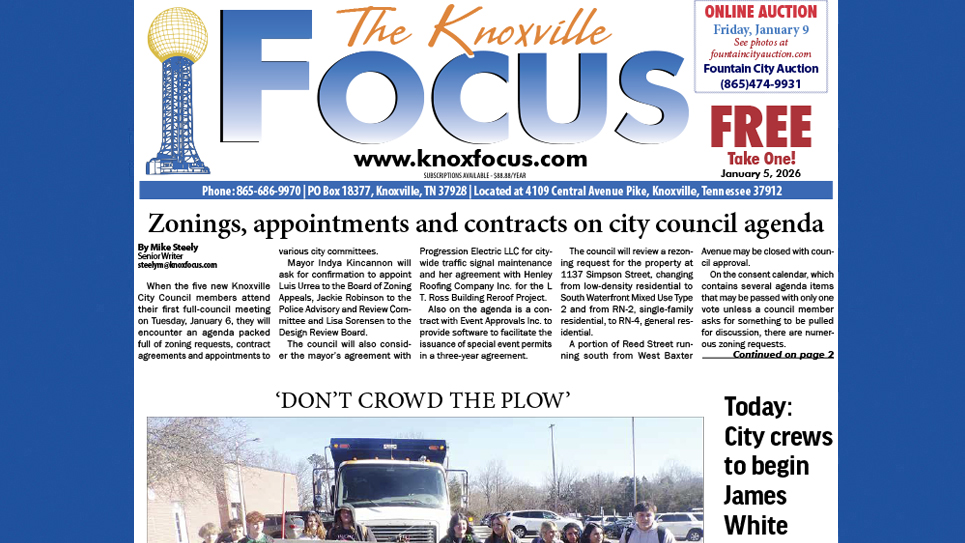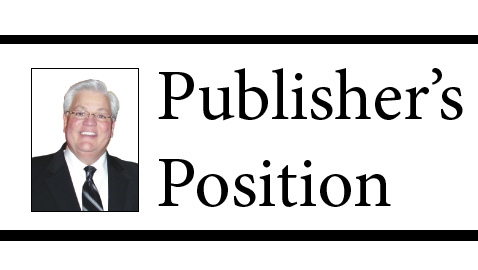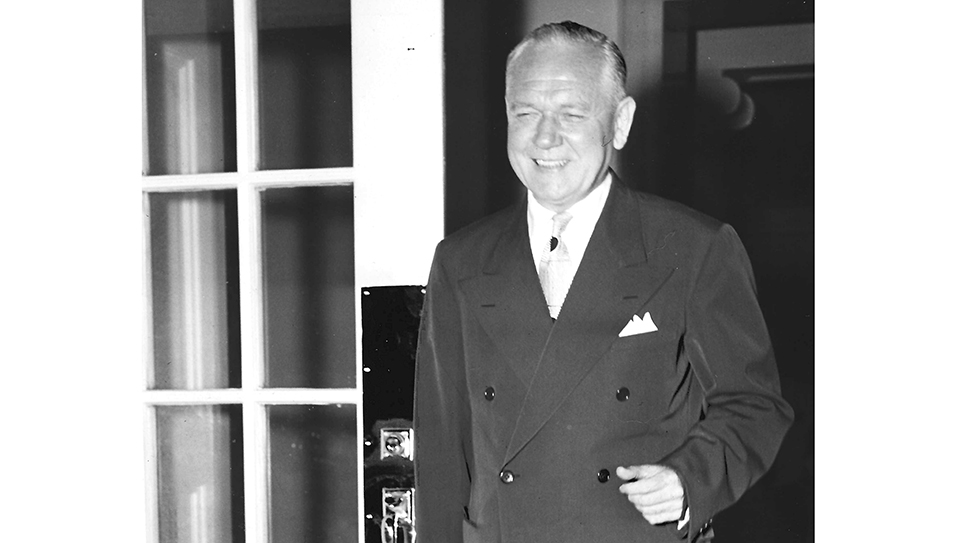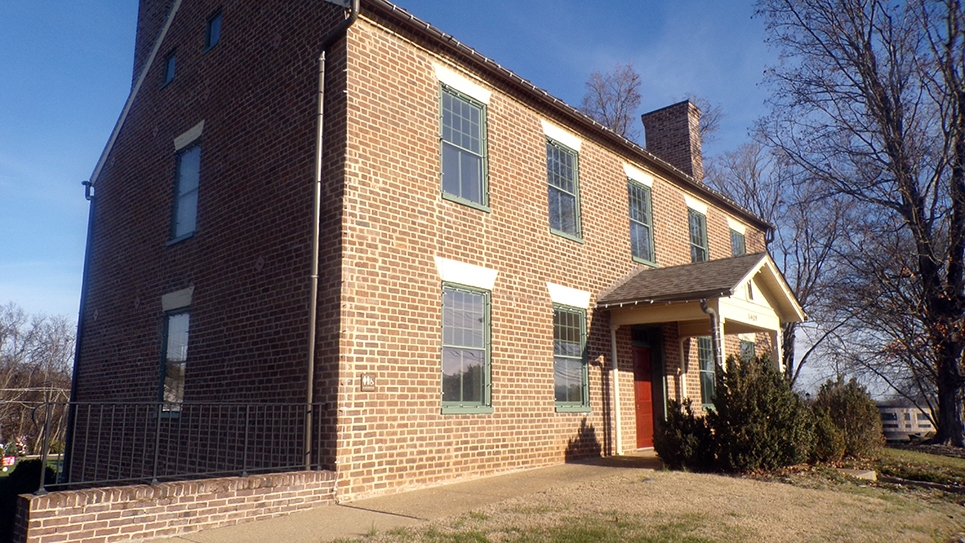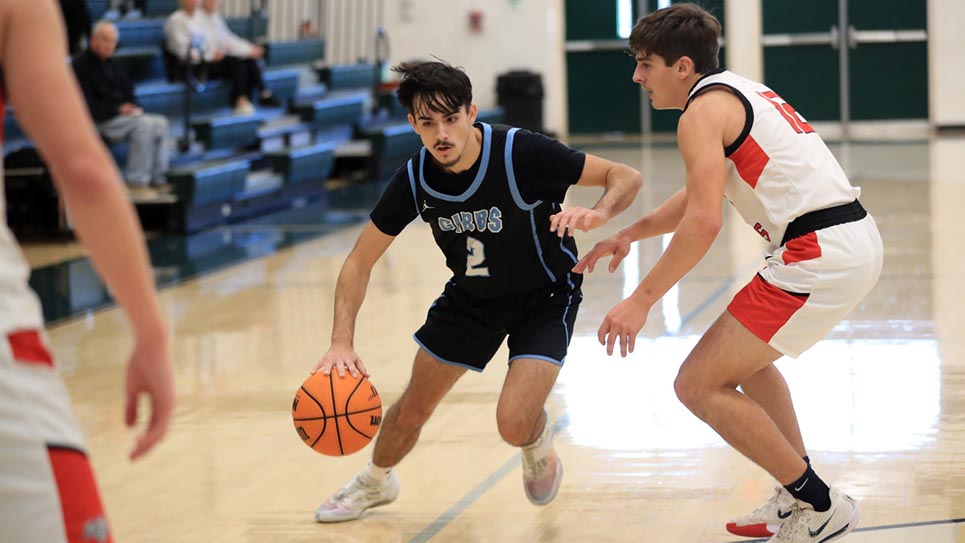A new plan for high school education
By Joe Rector
I’ve been listening to all the educational innovations that are coming at the speed of light. I loved the career I had as a high school English teacher, but not enough money exists to entice me to go back—even for a second. I’m not sure what is going on in classrooms; I suspect that most teachers are trying their best to educate our children.
The problem with our educational system lies in the offices of superintendents and supervisors. In addition, the federal government has overstepped its boundaries by taking up valuable classroom time with tests. Too often, teachers’ careers depend upon the results of those standardized tests. Money that could be used for more important materials is poured into all sorts of practice materials so that students perform better on the exams.
For a while, I’ve thought about secondary education and its demands on students. Changes need to be made to make our educational system more attentive to the needs of the students, the ones who are the most important elements of the whole thing. My ideas will meet plenty of resistance, but they might just make school a place where teens want to attend.
In my new curriculum, four years of English and math will no longer be required. English will be a two-year course of study. The first year will cover grammar and usage, and then students will learn the basic elements of writing. The second year will present literature. Students will cover American and English literature, as well as other works from authors and poets of the world. The first year of math will cover Algebra. The second year will be devoted to geometry.
Social studies will cover American history, starting with the founding of the country and going through the 1960s. A second year of study will cover civics in the 9th grade. Senior year is reserved for a course in American government and personal finance. Students have the opportunity to better understand the government that runs the country and become proficient in setting budgets, banking and investment strategies.
Science will also be a two-year course of study. Basic science and biology are the two areas to be covered. The first will be a survey of sciences, and the second will give students an understanding of plant and animal life.
One year of the arts is required. Students can choose from marching band, concert band, vocal music and art. Students who join the marching band will be exempt from physical education. Others will be required to take P.E. for one year.
All of these courses will be completed during the first two years of high school. Because a year’s course is covered in a semester, other elective courses can be included in students’ yearly schedule. The exception is that no student may take two English, math, or science in a single year during the freshman or sophomore years.
Also important are the vocational courses that are available to students. Those classes can be taken during any year of a student’s time in school. Other vocational courses will be made available for those who are not working toward a certification in a trade. The opening of classes to the rest of the student body increases the likelihood that vocational education stays relevant and available.
A student’s junior and senior years are for developing a more in-depth study of disciplines. An individual who wants to delve more deeply into language can take specialty classes like journalism, technical writing, advertising or SEO. Another student who is interested in math can take more algebra, trigonometry or statistics. Science majors can include chemistry, physics and medical science if they choose.
Another part of the high school education is learning to get along with others. That education comes through assemblies, pep rallies and student performances. Students need more than 20 minutes to eat lunch and decompress from the classroom pressures. Most of an adult’s world is spent with other humans, so learning how to behave in open settings is critical.
This is a partial plan for changing the high school curriculum. Many areas have not been addressed because of space limitations. Still, enough is present to make high school a place where young people can go to learn the basics while also focusing on a specific or special course of study. Most everything has changed over my lifetime: phones, computers, cars, appliances. The time has come to update our educational system so that it suits the needs of those who are to be educated. I feel confident that such a new curriculum will automatically make students more successful. One more key to a successful education plan is the de-emphasis on standardized tests.
Those who disagree with me probably have valid points. I challenge them to spend some time developing a plan for educating all students, not just those who are headed to college. Such plans must have the funding of both the state and federal governments. Educating our children is the only hope for America’s continued prosperity and leadership. Turning a blind eye to this goal will sink the U.S. to a second-rate country.
